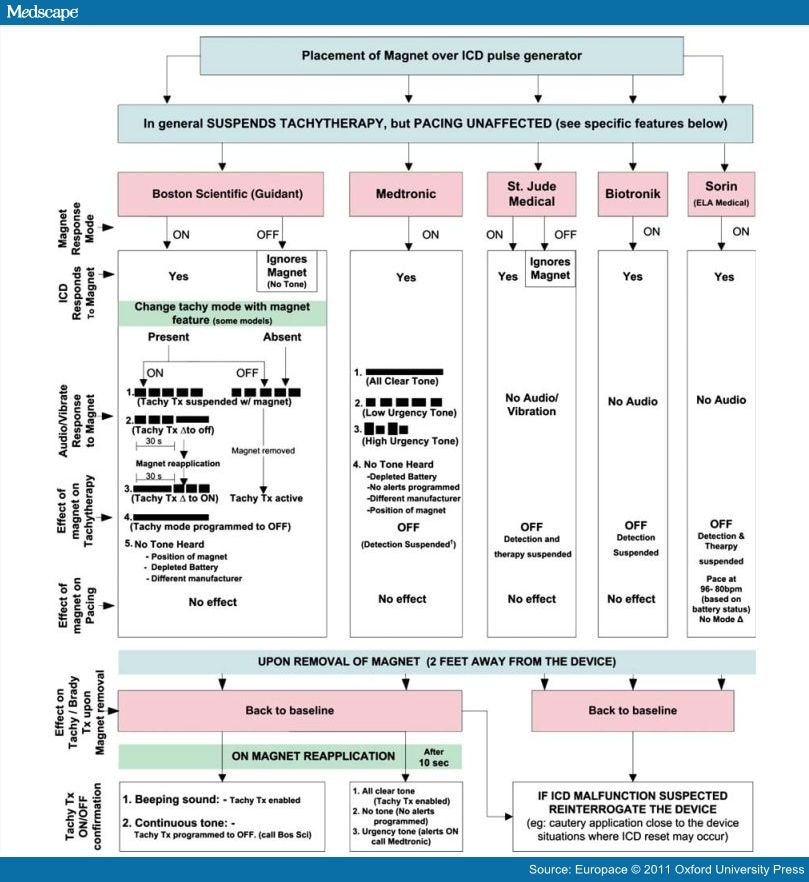Boston Scientific Launches World's Longest Lasting ICD
Feb 2, 2015
MARLBOROUGH, Mass., Feb. 2, 2015 /
PRNewswire/ -- Boston Scientific Corporation (NYSE: BSX) announces the launch and first U.S. implant of its line of Extended Longevity (EL) implantable cardioverter defibrillators (ICD), including DYNAGEN™ EL and INOGEN™ EL device models. The first EL ICD was implanted at The University of Pittsburgh Medical Center (UPMC) by Dr. Samir Saba. The device features EnduraLife™ battery technology that was developed with high-performance chemistry and advanced manufacturing capabilities to provide up to double the battery capacity of other ICDs. Devices with similar technology have been shown to outperform competitors' device longevities in several recent clinical studies,1,2,3,4 and the EL ICD is projected to last nearly 12 years.5
"Battery longevity has a direct impact on patient outcomes and the cost of care," said Dr. Saba. "The EL ICD is an important advancement that can help minimize the frequency of avoidable replacement procedures to help reduce costs and the potential for replacement-related complications."
The EnduraLife battery technology delivers the industry's longest projected longevity, and is packaged in a device up to 11 percent smaller and 24 percent thinner than devices from other manufacturers6. Increased device longevity can reduce the risk of infection and other complications over time, minimize out-of-pocket patient expenses for avoidable replacement procedures, and decrease other healthcare system costs associated with device therapy. 7,8,9,10
"Boston Scientific is proud to build upon the world's most innovative ICD technology with the world's smallest ICD, the world's longest-lasting ICD and the world's only subcutaneous ICD," said Joe Fitzgerald, executive vice president and president, Rhythm Management. "By providing a device with greater battery capacity, physicians are now able to offer patients a longer lasting device and increased peace of mind, while administrators and payors have new options to more effectively manage healthcare costs and minimize unexpected complications."
